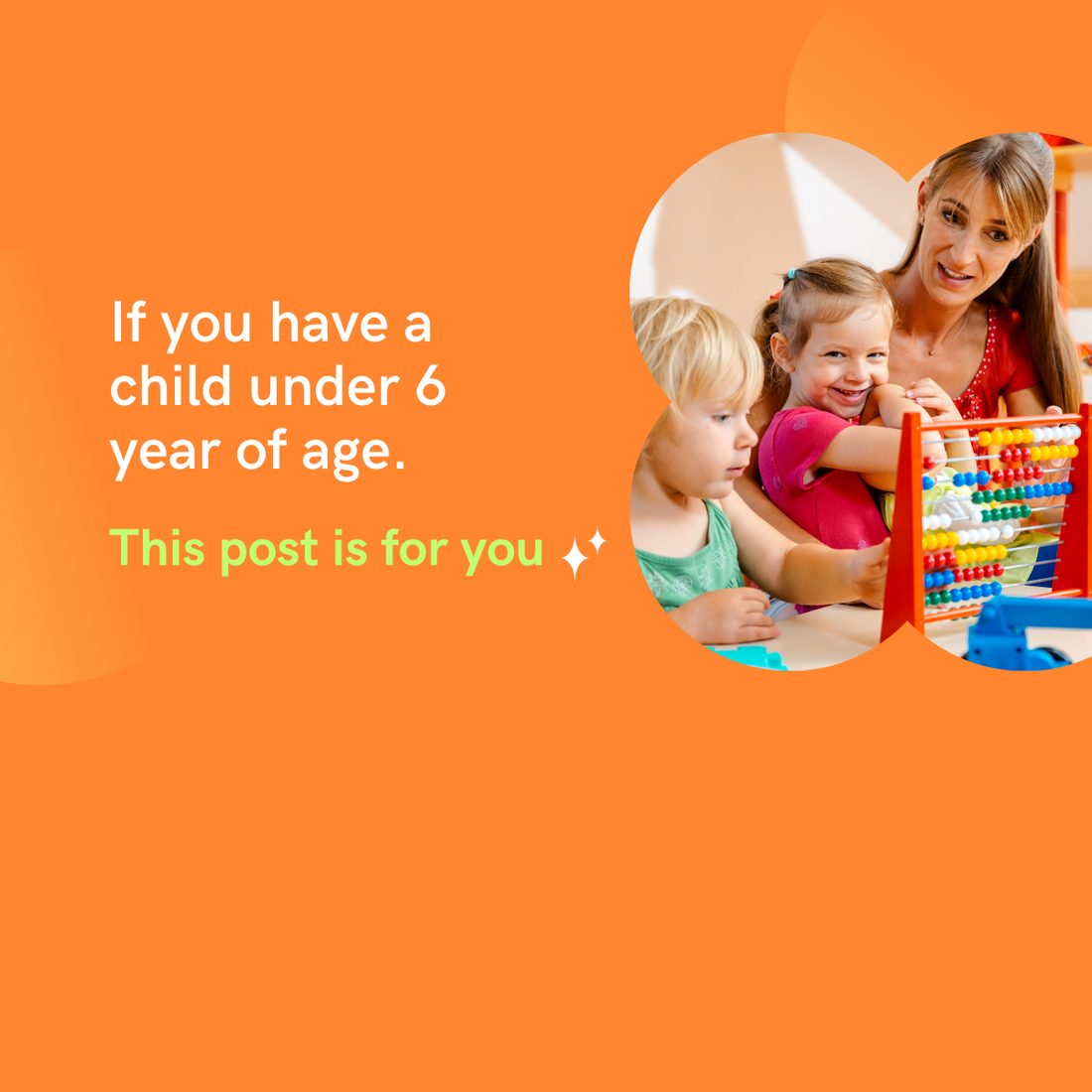
Why Early Childhood Education Can’t Be Treated Like School Years
Share
As I am putting together my years of research in early education into structured format on The7cs and I am revisiting my notes. One question dawned upon me. Approaching early years with an experiential learning has to be the only way then why most of us are ok with traditional way? As I started thinking more it dawned upon me that educators who curated book and desk model of education did not realize that early years of child's development are not same as later years. There is so much more that needs to done for optimal brain development and we cannot achieve that with book and desk model. Here are few thoughts of mine on this subject.
When we think of education, we often imagine books, desks, and structured lessons. But apply that image to a toddler—and it quickly falls apart.
The early years of a child’s life are fundamentally different from the school years. During this time, the brain is developing at an extraordinary pace. Often called the “sponge years,” ages 0 to 6 are when children absorb more from their environment than at any other stage in life. Every moment matters—from pouring water to listening to birds, their brains are constantly forming new neural connections.
This period isn’t about academic milestones—it’s about building the foundation on which all future learning will stand. Skills like visual perception, auditory discrimination, fine motor coordination, and language are being formed through hands-on play, sensory exploration, and daily interactions.
Trying to force structured, formal academics during this stage can not only feel unnatural but may also hinder natural brain development. That’s why treating early childhood like “mini-school” misses the point entirely.
Why Child-Led Approaches Work
Approaches like Montessori, Reggio Emilia, and Waldorf have long recognized that young children learn best through exploration, imagination, and rhythm—not textbooks. These systems provide environments rich in movement, choice, creativity, and connection. They honor the way young children are wired to learn—through doing, not memorizing.
But even these well-loved methods were developed in a different era, before the explosion of modern brain science.
Today, neuroscience has given us powerful insights into early brain development. We now understand how sensory input shapes cognition, how emotional safety impacts learning, and how early experiences wire the brain for future literacy, math, and even social behavior.
This knowledge allows us to fill the gaps in traditional and even progressive methods, creating more refined, brain-aligned holistic learning environments.
The Need of the Hour
It’s time to take the next step. We need an approach that honors the spirit of early childhood and applies what we now know from science—an approach that optimizes every moment of a child’s growth without turning it into a race.
As parents and educators, we have a unique opportunity: to go beyond outdated methods and design intentional, holistic experiences that truly support each child’s full potential.
In Short
The early years aren’t a smaller version of school—they’re the roots of everything that comes after. Let’s not rush into books and classrooms. Let’s create spaces that nurture, stimulate, and evolve with the child—because the best education starts long before school does.
Happy exploring.
Manika.
